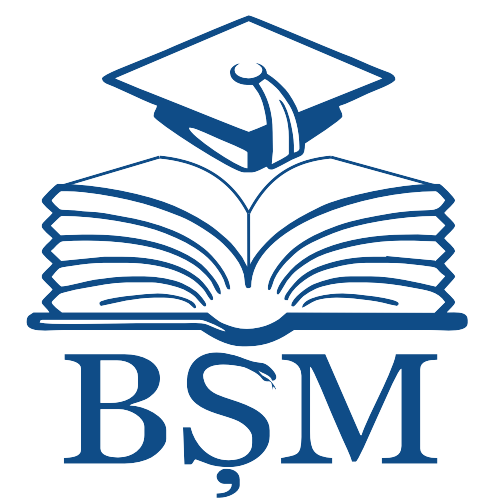- IRMS - Nicolae Testemitanu SUMPh
- 1. COLECȚIA INSTITUȚIONALĂ
- Revista de Științe ale Sănătății din Moldova
- Revista de Științe ale Sănătății din Moldova : Moldovan Journal of Health Sciences 2024 Vol. 11, Issue 2
Please use this identifier to cite or link to this item:
http://hdl.handle.net/20.500.12710/30030
| Title: | Tissue expansion therapy in patients with post-burn scars |
| Authors: | Louka, George |
| Issue Date: | 2024 |
| Citation: | LOUKA, George. Tissue expansion therapy in patients with post-burn scars. In: Revista de Ştiinţe ale Sănătăţii din Moldova = Moldovan Journal of Health Sciences. 2024, vol. 11, Nr. 3, anexa 2, p. 627. ISSN 2345-1467. |
| Abstract: | Introduction. Post-burn scars can have an important influence on both functional and aesthetic aspects of the patients’ lives. Tissue expansion is a technique that utilizes the
body’s natural capability to grow additional skin through
mechanical stretching, offering a promising option for scar
reconstruction. This meta-analysis aims to combine current
evidence on the efficacy, safety, and outcomes of tissue expansion in patients with post-burn scars, thereby offering
a comprehensive assessment of its viability as a treatment
option. Aim of study. Evaluation of the effectiveness of tissue expansion in treating patients with post-burn scars.
Methods and materials. Methods include a systematic
and comprehensive analysis of PubMed research, Google
Scholar articles and Cochrane Library studies published between January 2000 and December 2022. The research was
done by using the keywords “tissue expansion therapy”, and
“post-burn scars”. Results. A total of 15 studies encompassing 750 patients met the inclusion criteria. The combined
analysis revealed a significant improvement in Vancouver Scar Scale (VSS), with mean reduction from 9.8±2.1 to
3.5±1.0 (p<0.05). The level of satisfaction among patients
was substantial with 82% rating their outcomes as ‘good’ or
‘excellent’. The overall complication rate was 18% with hematoma (6%), expander exposure (5%) and infection (7%)
being the most common. Considering the complications, the
majority were successfully managed without long-term adverse effects. Conclusion. Tissue expansion is an effective
method for treating patients with post-burn scars, offering
significant aesthetics and functional outcomes. While complications are relatively common, they are generally manageable and do not substantially interfere with the overall
positive results of the procedure. These findings advocate
the use of the tissue expansion technique as viable choice
for post-burn reconstruction, emphasizing the importance
of careful patient selection and constant monitoring to optimize outcomes. Further research must be conducted to further develop the technique and minimize the complication
rates. |
| URI: | https://cercetare.usmf.md/sites/default/files/inline-files/MJHS_11_3_2024_anexa2__site.pdf
https://repository.usmf.md/handle/20.500.12710/30030 |
| ISSN: | 2345-1467 |
| Appears in Collections: | Revista de Științe ale Sănătății din Moldova : Moldovan Journal of Health Sciences 2024 Vol. 11, Issue 2
|
Items in DSpace are protected by copyright, with all rights reserved, unless otherwise indicated.
|


